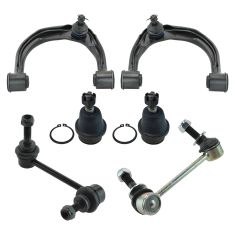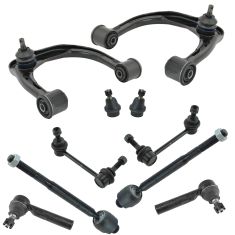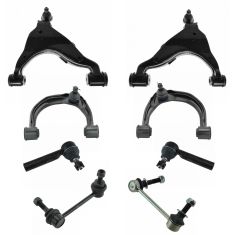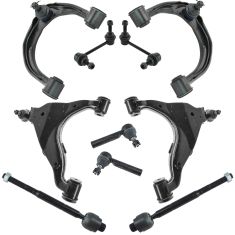1ASFK08285-2003-09 Toyota 4Runner Lexus GX470 Front 10 Piece Steering & Suspension Kit TRQ PSA72605
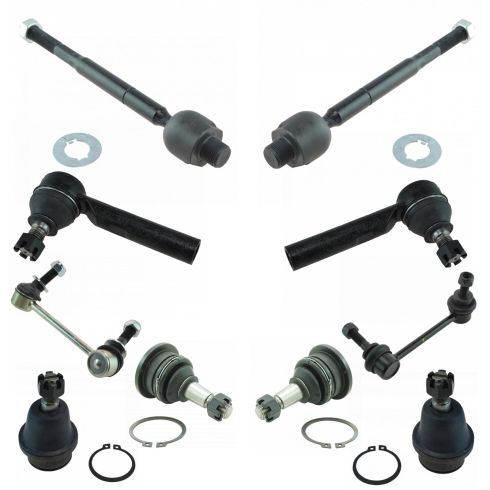
Replaces
2003 Toyota 4Runner Front 10 Piece Steering & Suspension Kit TRQ PSA72605

Product Reviews
Loading reviews
3.00/ 5.0
1
1review
Not too sure about these
April 12, 2021
Ive only installed the end links so far, went to install the tie rods and noticed the shocks were completely blown out and putting extra strain on rods. Will know more after shocks go in and all these components follow.
One of the end links already got a tear in the rubber boot top joint pass side. Could be due to abnormal strain from blown shock....but. really...blown or not....it shouldnt tear after 10miles on the road.
Customer Q&A
No questions have been asked about this item.
Toyota is a registered trademark of Toyota Motor Corporation. 1A Auto is not affiliated with or sponsored by Toyota or Toyota Motor Corporation.
See all trademarks.










